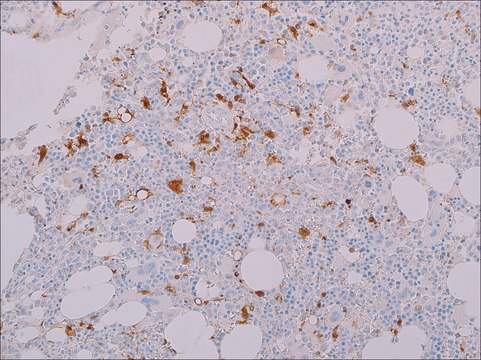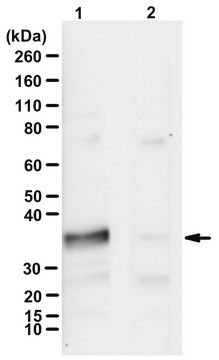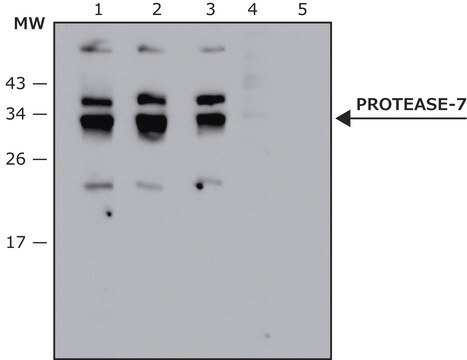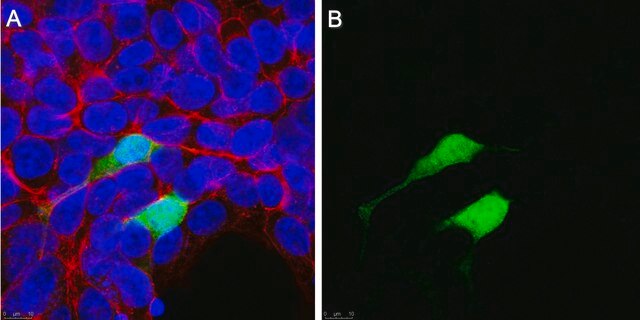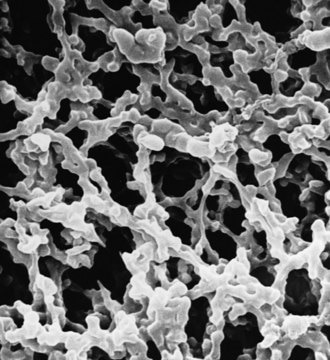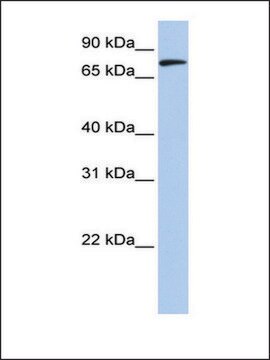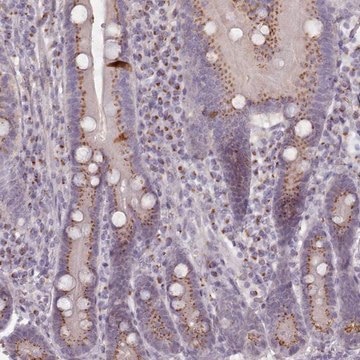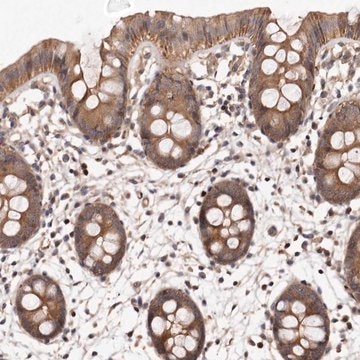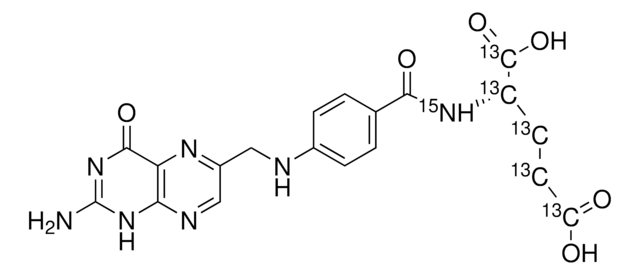ABS2090
Anti-ICDH
serum, from rabbit
Synonym(s):
Isocitrate dehydrogenase, ICDH (NADP), IDH
About This Item
Recommended Products
biological source
rabbit
Quality Level
antibody form
serum
antibody product type
primary antibodies
clone
polyclonal
species reactivity
E. coli, Legionella pneumophila
packaging
antibody small pack of 25 μL
technique(s)
western blot: suitable
isotype
IgG
GenBank accession no.
shipped in
ambient
target post-translational modification
unmodified
Related Categories
General description
Specificity
Immunogen
Application
Signaling
Western Blotting Analysis: A representative lot detected ICDH in E. Coli cell lysate (Xu, L., et. al. (2010). PLoS Pathog. 6(3):e1000822; Lu, C., et. al. (2016). Sci Signal. 9(412):ra11).
Quality
Western Blotting Analysis: A 1:10,000 dilution of this antibody detected ICDH in 20 µL E.Coli cell lysate.
Target description
Physical form
Storage and Stability
Other Notes
Legal Information
Disclaimer
Still not finding the right product?
Give our Product Selector Tool a try.
Storage Class
12 - Non Combustible Liquids
wgk_germany
WGK 1
flash_point_f
Not applicable
flash_point_c
Not applicable
Certificates of Analysis (COA)
Search for Certificates of Analysis (COA) by entering the products Lot/Batch Number. Lot and Batch Numbers can be found on a product’s label following the words ‘Lot’ or ‘Batch’.
Already Own This Product?
Find documentation for the products that you have recently purchased in the Document Library.
Our team of scientists has experience in all areas of research including Life Science, Material Science, Chemical Synthesis, Chromatography, Analytical and many others.
Contact Technical Service